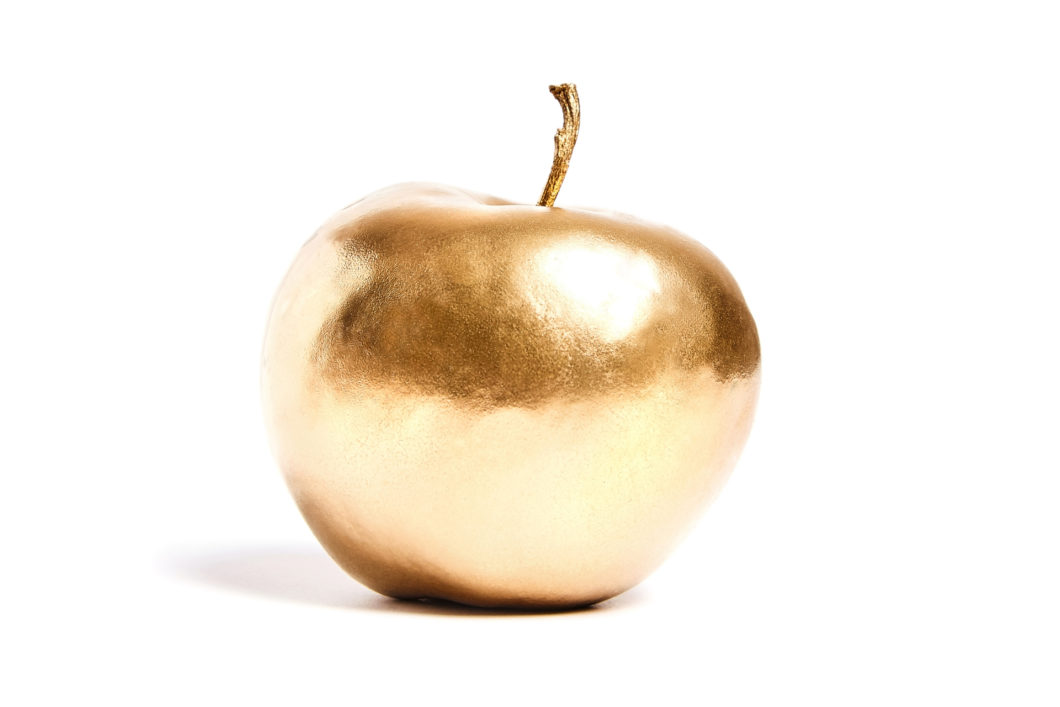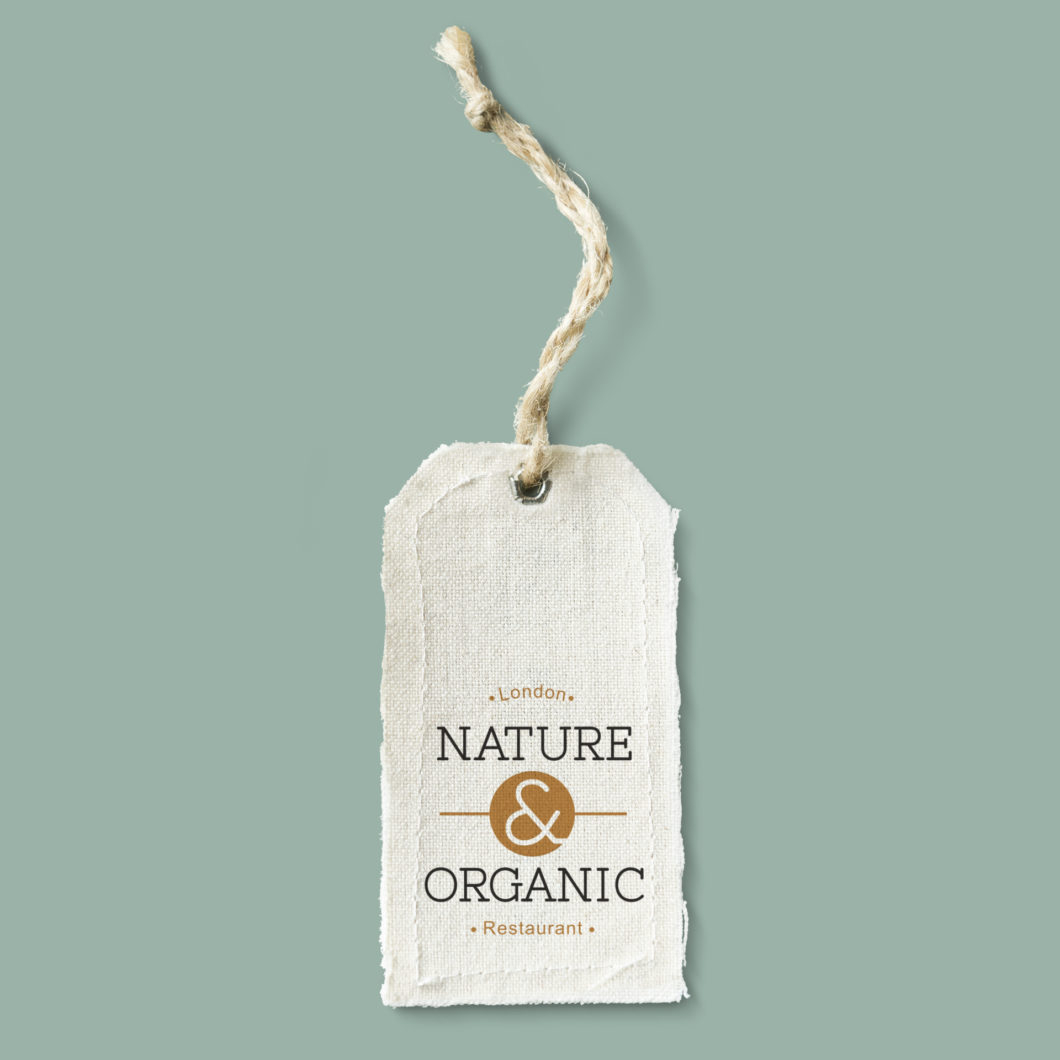Business development • What exactly does free from products mean? Why do more and more people want to eat foods that were initially for people with allergies and hypersensitivity? And what is the link to ‘natural’ products? In this article, we want to highlight a segment that is just growing and growing.
Free-from food is a term that has started to be used as an umbrella term for food that is free from something. The demand is rising and not just by consumers with allergies and hypersensitivity. But why? And what does that mean for the food producers? We will find out.
What is included in the term?
There is no real definition of free-from food. It can be for virtually all types of food. Sometimes it may be the absence of an ingredient that is a cornerstone of the food, for example, the absence of lactose in dairy products. But it can also include the preparation of the food as in the case of GMO-free products. Here we have some of the most common:
- Gluten-free
- Lactose-free
- Fat-free
- Sugar-free
- Free from nuts
- Free from flour
- Salt-free
- No preservatives
- No additives
- Wheat-free
- Without yeast
- Free from soy
- GMO-free
- Egg-free
- Meat-free
Part of a larger trend
Free From Food Expo is an annual fair in alternative foods. As the name implies, free-from food is at the center, but the fair also covers nearby areas such as organic food, vegan food, functional food, health ingredients, and plastic-free packaging.
All of these areas are sometimes interconnected. You will easily find an organic alternative that also is free-from food. For example, peanut butter that is organic as well as sugar-free.
Market research firm Mordor Intelligence estimates that the global free-from-food market will grow by almost 10 percent annually between 2020 and 2025. Gluten and lactose-free foods have the largest market share.
Who and what drives the trend?
In the early days, free-from food was for people who, purely medically, could not tolerate certain substances and ingredients. This group is of course still present, but interest in free-from food has spread to ordinary consumers without medical needs. Celebrities and other influential people keep the trend alive by advocating free-from-food in lifestyle magazines, social media, and other media. The american actress Gwyneth Paltrow is a telling example. Through Goop’s lifestyle magazine, she has created a platform for everything related to health and well-being.
Food as a status marker
Influencers like Paltrow drive the notion that free-from food is a healthier option, even for people who have no allergies or hypersensitivity. There is still a belief about health and wellness benefits with free-from food, but the choice is also an accessory and a status marker with an important statement: I am conscious, modern and I care about what I eat.
Shopping for food is still part of the public space (although nowadays there are alternatives such as home delivery). When we are in the grocery store, placing our goods on the cashier desk, we are not anonymous. What kind of ice cream, milk or pasta do we want to show off and be associated with?

Removing and adding
The industry is constantly getting better and better at developing substitutes. Free-from is no longer the bad-tasting alternative. Both taste and texture have improved significantly in recent decades. This has obviously been a prerequisite for attracting new customer segments.
Okay, sounds good. Surely it is just to remove an ingredient and put on a ‘free from’ label?
Not quite.
Natural
Free-from food also includes foods that are free from, for example, flavor, colour, and texture enhancers. It is possible to draw a parallel between the free-from food and the interest of ‘natural’ foods and ingredients. Certainly, there are additives and substitutes that are of natural origins, such as steviol glycosides and citric acid. But despite this, many consumers place similarities between additive/substitute and artificial. Free-from food is therefore perceived as something natural.
In the past, food manufacturers have been focusing on natural ingredients, or at least ingredients that consumers perceive as natural. This is still true, but is it enough? The consumers in this target group are becoming more and more interested in the entire supply chain. You want to keep track of subcontractors and collaborations. The term natural, therefore, has a wider dimension.

What do the researchers say?
Researchers also have different perceptions of what is natural.
In the meta-study, The importance of food naturalness for consumers: Results of a systematic review from 2017, the authors have compiled data from 72 studies in 32 countries. The result is crystal clear; Most people prefer foods that they perceive as natural.
The study has taken a closer look at how consumers judge food and found that consumers take an interest in the following categories.
The first category:
Consumers care about how raw materials come into being. Local and organic growing and farming are still top of mind. Consumers perceive the local and organic being better than large scale industrial food production.
The second category:
This is about the ingredients used and how the production process goes. Consumers are more interested in the absence of unwanted additives than the presence of natural substitutes. But it is still important that the substitutes are not produced synthetically but appear natural. Marketing consultants Healthy Marketing Team are mentioning inulin as a product growing in popularity, in the 2020 trend report on global game-changers. Inulin can be used in sugar reduction.
The third category:
Finally, we come to the final product that the consumer finds on the shelf. The consumer assesses the overall experience of the product. It involves the whole product – what the packaging looks like, what it says on it, how it feels and taste like.
Take a holistic approach
The three different categories that consumers judge foods upon, naturally place great strains on food producers. It is important to ensure that the production of raw materials is perceived as organic or local. But also that any additives, partners and replacement products are perceived as natural, and that the overall experience of the product meets or exceeds the customer’s expectations. You can not cut any corners in this line of business.
A telling example is the Japanese brand Daiya which made great success with its vegan cheese, however, dark clouds started to appear when pharmaceutical company Otsuka bought Daiya.
But what do pharmaceutical companies do? That’s right, animal testings. The consequence was boycotts and bad publicity. In the eyes of the consumers, Daiya was no longer a vegan alternative (read: animal-friendly and naturally), although the product as such was still the same.
How are food producers affected?
Free-from food is a great challenge for food companies aspiring to be relevant in this segment. If something is to be removed, it must often be replaced by something else. It is always difficult to develop new ingredients on your own (how, for example, do you replace one kilo of sugar with three grams of steviol glycosides?) but you are up for a real challenge when your products also have to be perceived as natural.
Therefore, many companies need to seek help from other companies that specialize in developing new ingredients and food technology solutions.
In the meta-study already mentioned, the authors propose that food producers should analyze how the food will be perceived by consumers, during product development. It is emphasized how important it is to see the product in its entirety and not overlook any step in the product life cycle. It is already easy for consumers to find valuable (read: sensitive) information. And it will be even easier…
The future
The technological development will enable traceability in the food chain in a completely different way than we are used to. This can be both an opportunity and vulnerability. If you can showcase a product with fantastic ingredients, remarkable subcontractors and a sustainable production process, there are good prerequisites for building a strong brand. We may also see more stringent legal requirements in this area as technology advances.
It is hard to be specific about what particular challenges that lie ahead of your product. But we can at least be certain that free-from food is part of the major challenges facing the food industry. And it is not always as simple as removing an ingredient and replacing it with a sticker.
Please, share this article if you liked it.
[et_social_share]




